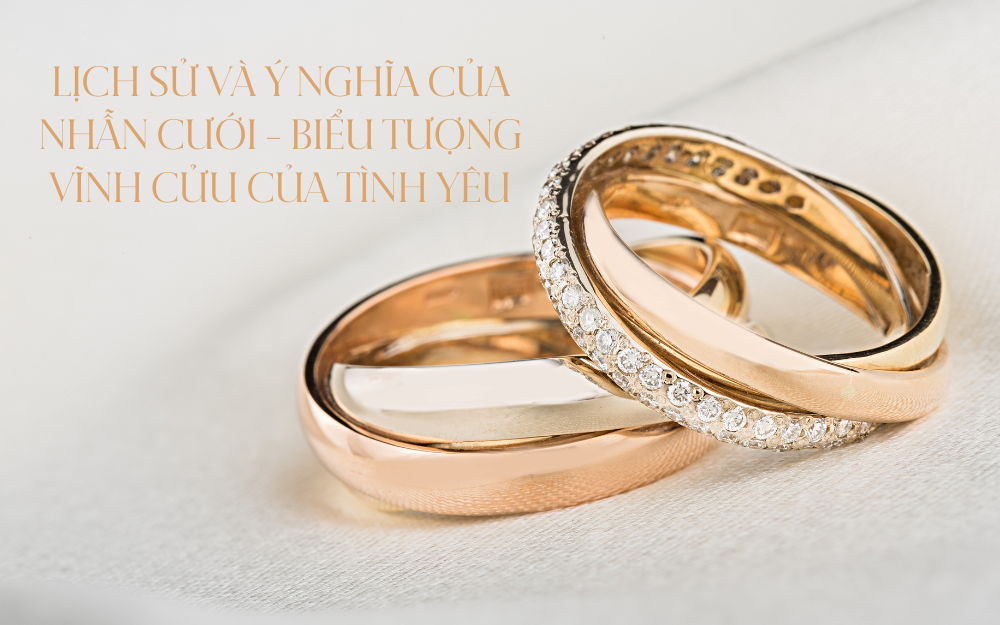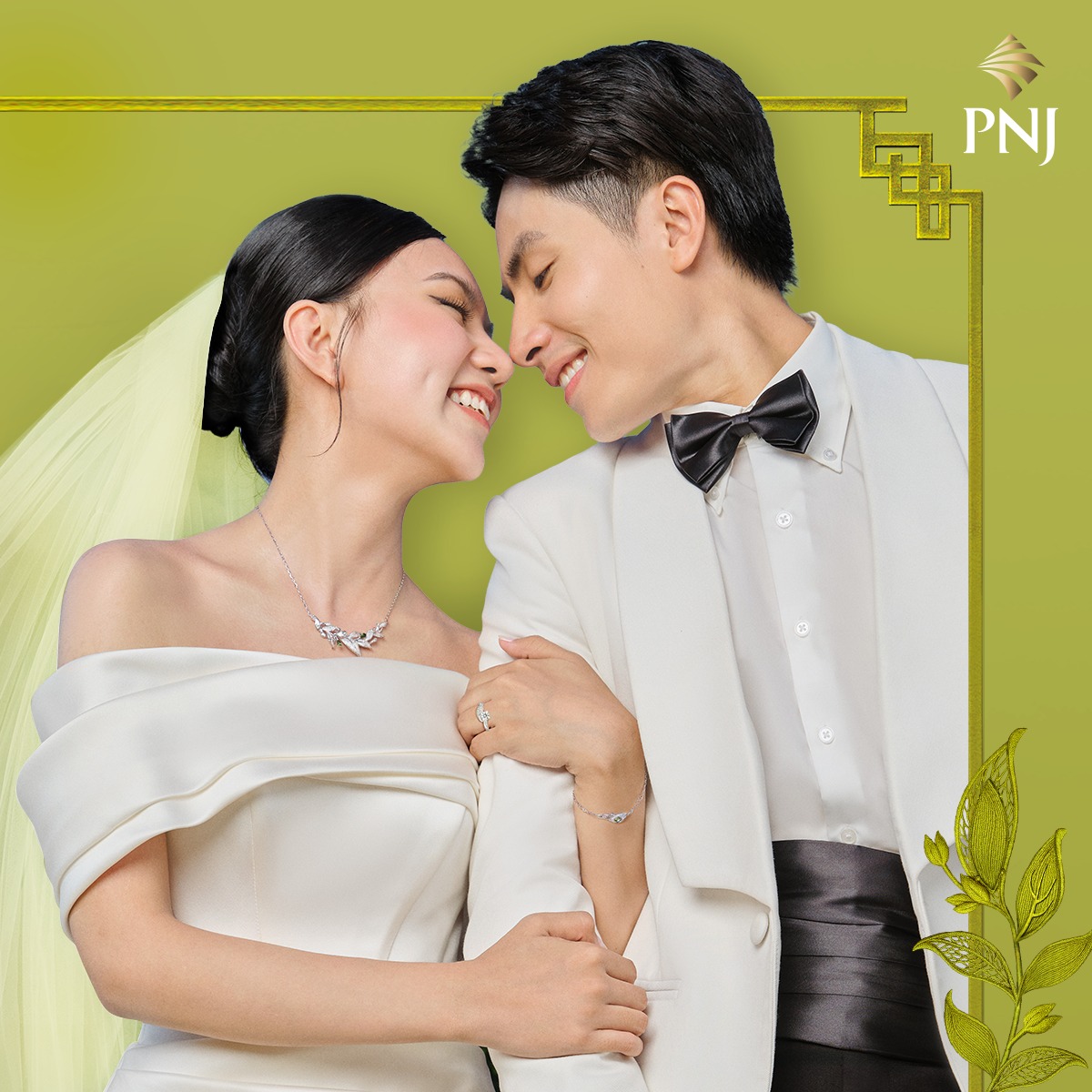
Across all cultures, the wedding ring has always been a sacred symbol of love and marriage. Whether made from precious metal or simple materials, it carries the promise of eternal unity between two people.
For thousands of years, humanity has believed that a circle—with no beginning and no end—perfectly represents everlasting love.

Wedding rings first appeared over 5,000 years ago in ancient Egypt. Couples exchanged rings made of reeds, leather, or grass, symbolizing the endless circle of love and life.
The Egyptians believed that the fourth finger on the left hand contained a special vein—vena amoris, or “the vein of love”—that led directly to the heart. For this reason, they placed the wedding ring on that finger as a sign of eternal connection.
The Romans later continued the tradition but replaced fragile materials with iron or gold to represent strength and permanence. In Roman society, the wedding ring also served as a legal symbol of marital commitment and ownership.
From the 9th century onward, the Christian Church incorporated the exchange of rings into the wedding ceremony. Rings were often engraved with crosses, floral motifs, or adorned with gemstones to symbolize faith and loyalty.
In England and France, it became fashionable among nobles to engrave names or secret messages on their rings, marking a more romantic touch.
By the 20th century, the wedding ring had become an indispensable part of marriage ceremonies worldwide. The jewelry industry’s growth transformed wedding rings into not only spiritual symbols but also expressions of personal style, class, and identity.
A wedding ring is more than just an accessory—it holds deep emotional and symbolic significance:
The circle – a symbol of eternity: With no beginning and no end, it represents infinite love.
Precious metal – a mark of lasting value: Gold, platinum, or diamond stands for the durability of the relationship.
The act of giving – a vow of devotion: The moment of exchanging rings signifies a lifelong promise of love and faithfulness.
The fourth finger – the vein of love: According to Western belief, this finger connects directly to the heart.
The 21st century has brought strong personalization in jewelry design. Modern couples seek rings that not only look beautiful but also tell their unique love story.
Minimalist designs: Simple, clean bands with subtle details that highlight sophistication.
Rose gold and platinum: Leading materials today for their durability and modern elegance.
Engraved names or wedding dates: Adding a deeply personal touch.
Natural diamonds and moissanite: Representing brilliance and the “light of love.”
Match your skin tone: Fair skin pairs well with white gold; warmer tones suit rose gold.
Comfort matters: Choose designs that are comfortable to wear every day and easy to maintain.
Budget wisely: The best ring isn’t necessarily the most expensive—it’s the one that truly fits both of you.
Today’s couples are increasingly aware of sustainability and ethics in their purchases.
Many jewelry brands now use recycled metals, lab-grown diamonds, or ethically sourced materials to ensure environmental and social responsibility while maintaining beauty and quality.
From the simple reed rings of ancient Egypt to the dazzling diamond bands of today, the wedding ring has always remained an immortal symbol of love and loyalty.
When you place a ring on your partner’s finger, it’s more than just a ceremony—it’s a wordless vow, captured in a small but infinitely meaningful circle.
If you are searching for wedding rings that reflect your own love story, let [Your Brand Name] accompany you—where every ring tells a story of two hearts united as one.